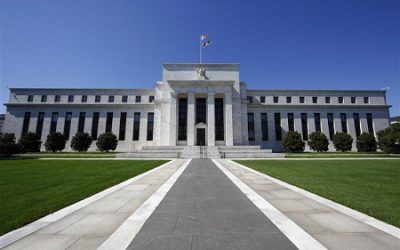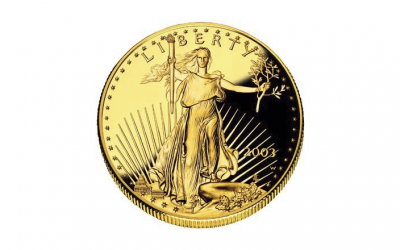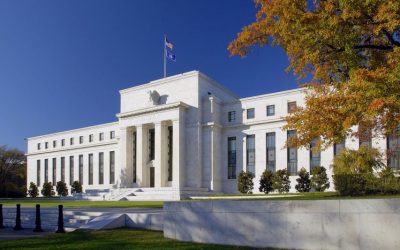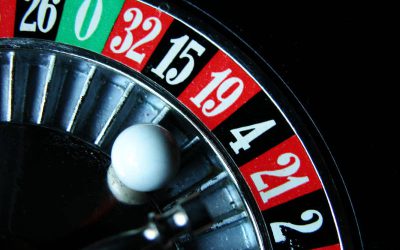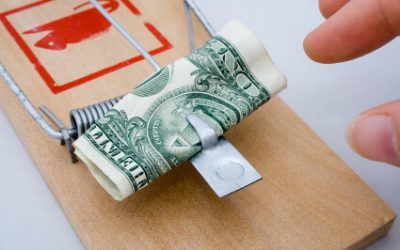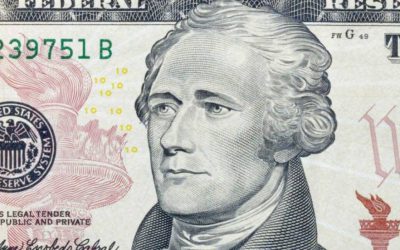A better alternative, if only it can somehow be achieved, or at least approximated, is a monetary system that adjusts the stock of money in response to changes in the demand for money balances, thereby reducing the need for changes in the general level of prices.
Money & Banking
A Monetary Policy Primer, Part 3: The Price Level
What sort of monetary policy or regime best avoids the costs of having too much or too little money?
A Monetary Policy Primer, Part 2: The Demand for Money
How can a central bank manage a quantity without being certain just how to define, let alone measure, that quantity? How is it possible for the quantity of money supplied to differ from the quantity demanded? When those things do differ, how can one tell? Finally, just what does “the demand for money” mean?
A Monetary Policy Primer, Part 1: Money
What, exactly, is “monetary policy” about? Why is there such a thing at all? What should we want to accomplish by it — and what should we not try to accomplish?
Donald Trump the Corrupt Creation of America’s Bankrupt Politics
The Democrats and the Republicans, the progressives on the “left” and the go-along to get-along conservatives on the “right, are the ones who made Donald Trump.
How the FED Causes Booms and Busts
The result of the Federal Reserve’s increase in the money supply, which pushes interest rates below that market-balancing point, is an emerging price inflation and an initial investment boom, both of which are unsustainable in the long run.
Price Inflation and The Consumer Price Index
The CPI vs. the Diversity of Real People’s Choices
Ending Government’s Monopoly Control Over Money
A central tool for governments to maintain their authority in society and their control over people’s lives is the ability to make the citizenry accept and use their monopoly medium of exchange.
What Is Money Printing?
There is a populist idea of money printing. The idea is that banks can just print what they want, enriching themselves in a massive fraud. But, does it really work this way? Let’s start with a simple case, which is clearly not money printing. We will build a series of...
Falling Interest Causes Falling Profits
Most people assume that prices move as a result of changes in the money supply. Instead, let’s look at the effect of changes in interest.
A Gold Standard Can Limit Government Monetary Abuse
The real long-run goal of monetary reform should be the denationalization of money. That is, the separation of money from the state by ending of central banking, altogether. In its place would emerge private, competitive free banking – a truly market-based money and banking system.
The State and 100 Percent Reserve Banking
Free bankers have been fighting a war on two fronts. On one they face champions of central banking and managed money. On the other they struggle against advocates of 100-percent reserve banking. Although the second front is a lot smaller than the first, it’s far from being unimportant, in part because the battle there is being fought against people who generally favor free markets, who might have been expected to join rather than to oppose our cause.
Will a GDP Futures Market Be Liquid?
Scott Sumner said he had a “modest” proposal: there should be a highly liquid futures market in Nominal Gross Domestic Product (NGDP). Let’s look at that.
How Do People Destroy Their Capital?
The flip side of falling interest rates is the rising price of bonds. Bonds are in an endless, ferocious bull market. Why do I call it ferocious? Perhaps voracious is a better word, as it is gobbling up capital like the Cookie Monster jamming tollhouses into his maw. There are several mechanisms by which this occurs, let’s look at one here.
What’s Different about Monetary Policy?
Many people agree that it’s important to move to a free market in money (i.e. the gold standard). They also say that it’s just as important to fight bad taxes and regulation. In their view, government interference in the economy is like friction in a car. The more friction you add, the slower the car goes. One source of friction is much the same as any other.
Let me explain why money doesn’t quite work that way, using a few examples.
Money and Banking is Too Important to Leave to Central Banks
Governments and their central banks have usurped market-based money systems to serve the plundering purposes of kings, parliaments, and special interest groups.
A Response to a Critic of Money, Banking, and the Business Cycle
Money, Banking, and the Business Cycle provides a comprehensive defense of Austrian business cycle theory (ABCT). It shows that a free market in money and banking will create the most stable banking and monetary system that is possible.
The Cotton Candy Market
If you borrow then it’s not income. This is why no one in his right mind borrows to buy consumer goods. Those who try cannot sustain it for long… But what if someone else borrows?
Move Over Entrepreneurs, Make Way for Speculation!
Central bank apologists assert that zero interest will help the economy. It hasn’t yet, and it never will. However, the main concern by both Fed defenders and foes alike is the worry that prices might rise. Well, prices aren’t rising now. So the former are smug and the latter are frustrated.
They miss the real harm of zero interest.
Who the Heck Consumes His Capital?!
To make people eat their seed corn, we need to add the essential element: a perverse incentive. Let’s look at monetary policy in this light.
Yield Purchasing Power: $100M Today Matches $100K in 1979
I wrote a story about poor Clarence who retired in 1979, and even poorer Larry who retired last year. I created these characters to challenge the notion of calculating a real interest rate by subtracting inflation. The idea is that the decline of a currency can be measured by the rate of price increases. This price-centric view leads to the concept of purchasing power—the amount of stuff that a dollar can buy. It’s the flip side of prices. When prices rise, purchasing power falls.
Currencies Depend on Faith, Gold Doesn’t
In his July 17th Blog, Let's Get Real About Gold, author and Wall Street Journal columnist Jason Zweig likened investor interest in gold with the "Pet Rock" craze of the 1970's, when consumers became convinced that a rock in a box would provide continuous...
On A Woman on The $10 Bill
A woman will be on the new $10 bill, bumping Alexander Hamilton aside.
Interest – Inflation = #REF
The notion of nominal interest paints a misleading picture of losing purchasing power..
Like this content? Subscribe to support our work — it's free.
Read by students, professors, and citizens, Capitalism Magazine provides over 9,000 free to read articles and essays from pro-reason, individual rights perspective. 100% independent.
No spam. Unsubscribe anytime.



